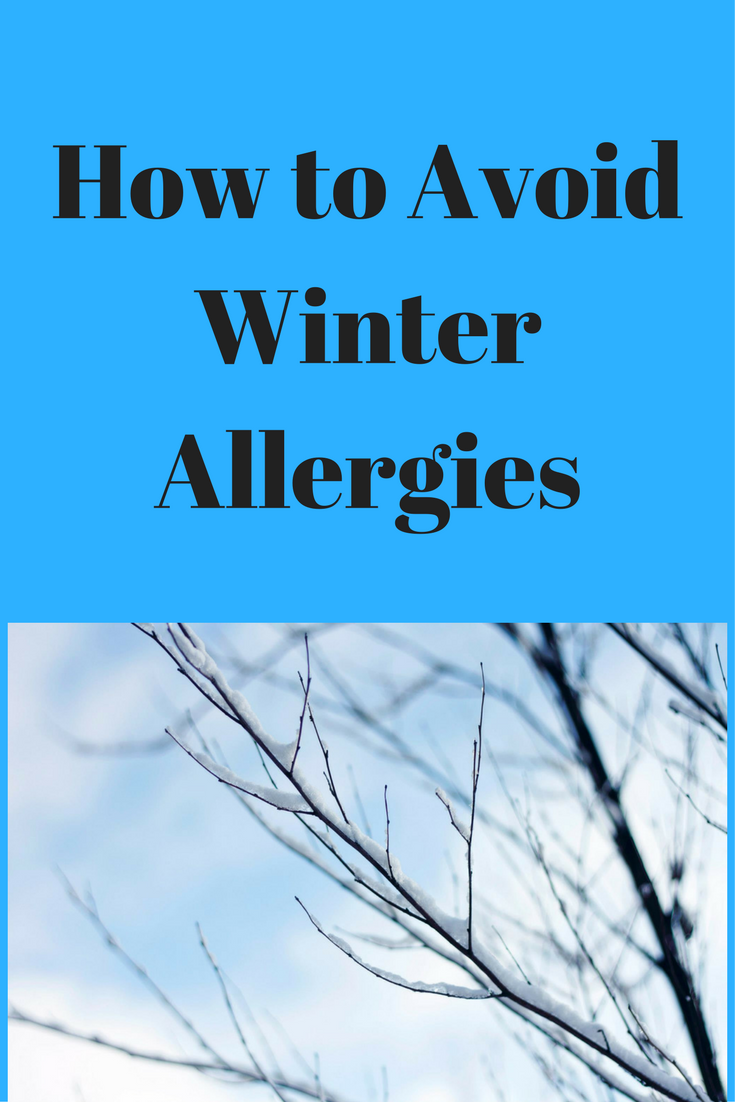When you think about allergies, you may mistakenly believe that seasonal allergies only occur in the spring and fall. In fact, allergies can occur at any time of the year, and there are some types of allergies that will occur more frequently during the winter months.
Types of Winter Allergies
As the weather turns colder, you begin to rely on your furnace to heat your home. When your furnace begins working, it sends mold spores, dust, and particles from dead insects into the air you breathe. Since you spend more time indoors in the winter, if you are allergic to any of these things, you may notice allergy symptoms such as a runny nose, watery eyes, and coughing. Many people mistakenly believe they have a cold, when in reality they are having an allergic reaction.
If you have indoor pets, you may also have allergic reactions to the protein that is found in the animal’s skin and saliva. Often, pet allergies are worse during the winter months due to the amount of time both you and your pet spend indoors. They are also more difficult to detect if allergies are a common occurrence for you.
Some individuals may also discover that they suffer from cold urticaria during the colder months. Urticaria is also known as hives. The rash is usually red, bumpy, and itchy and can also cause swelling. Cold urticaria is the development of these hives upon exposure to the cold.
How to Avoid These Allergies
If you suffer from allergies, there are some steps you can take to avoid living with a runny nose and watery eyes.
1. Regularly inspect your home. Check your shower and shower curtain, sinks, carpeting, and wallpaper for signs of mold. Anything in your home with mold on it should be replaced or thoroughly cleaned with a bleach solution.
2. Wash your bedding at least once a week to remove allergens from your bed.
3. Do not allow your pet to sleep in your bedroom, and give it baths regularly to wash away the protein found in the dead skin.
4. Invest in a dehumidifier to reduce the humidity in your home. This will help control dust mites and mold spores.
Allergy Treatment
Although there are steps you can take to avoid allergy attacks, sometimes you can’t avoid the cause of the allergy. However, there are some treatment options that are available to you.
For airborne allergens that cannot be avoided, many people turn to antihistamines to offer some relief. Antihistamines are available as a nasal spray or an oral medication. There are many different types available, and finding one that will work for you may require trying a few different medications.
If medications are not effective for keeping allergy symptoms under control, you may also consider allergy shots. These consist of a series of injection where you are injected with a small amount of the substance you are allergic to. Approximately 80 to 90 percent of individuals find some relief through allergy shots.
Although winter allergies can be just as problematic as allergies that occur in the spring and fall, you don’t have to suffer in silence. Once you know what you are allergic to, you have several different methods of avoidance and treatment that may be beneficial to you.
Cynthia Johnson is a lab assistant and online contributor for healthtestingcenters.com, an online lab testing provider offering prescribed or self-ordered tests for cholesterol, thyroid function, liver function, etc. Check here for testing locations as well as home test kits.

Did this help you? If so, I would greatly appreciate a share on Facebook, twitter, linkedin, or pinterest.
My Favorite Products (Affiliate links- if you make a purchase I may earn a small commission)
Thrive Market - healthy gluten free, sugar free and speciality online food and household products
Silk and Sonder Monthly Journals and Planners
My Portable Infrared Sauna
Self Care Journal
Martie discounted food
Olipop - healthy soda with probiotics and prebiotics
Digestion Kit
Stress Oils







